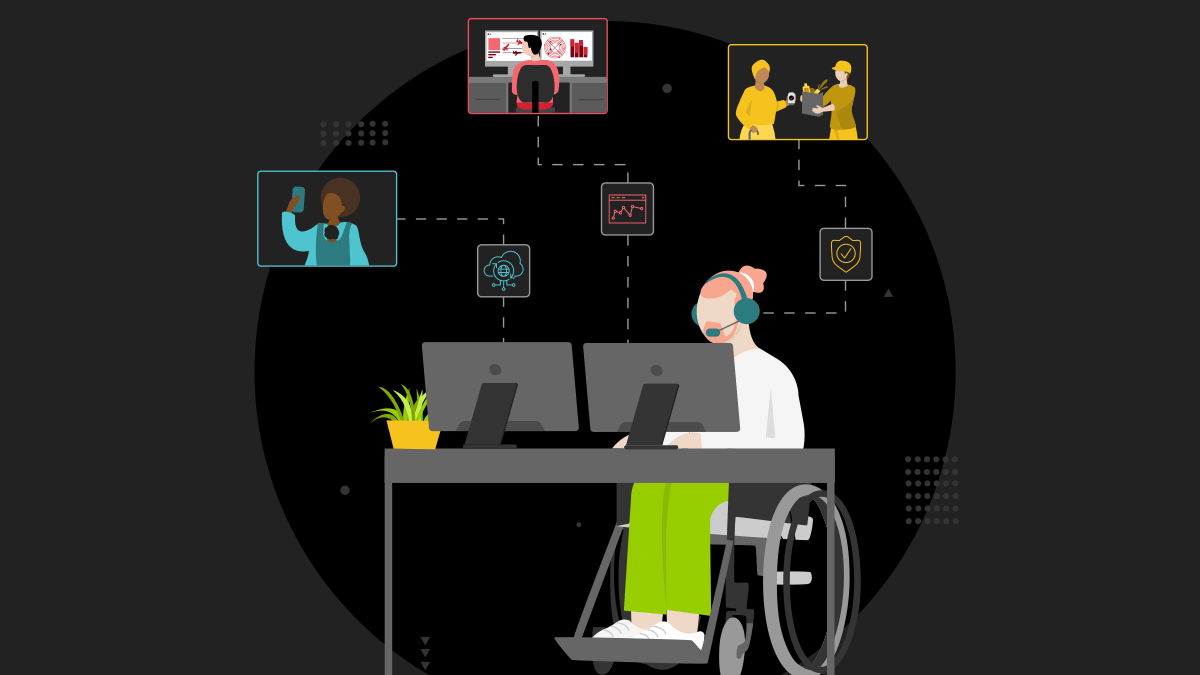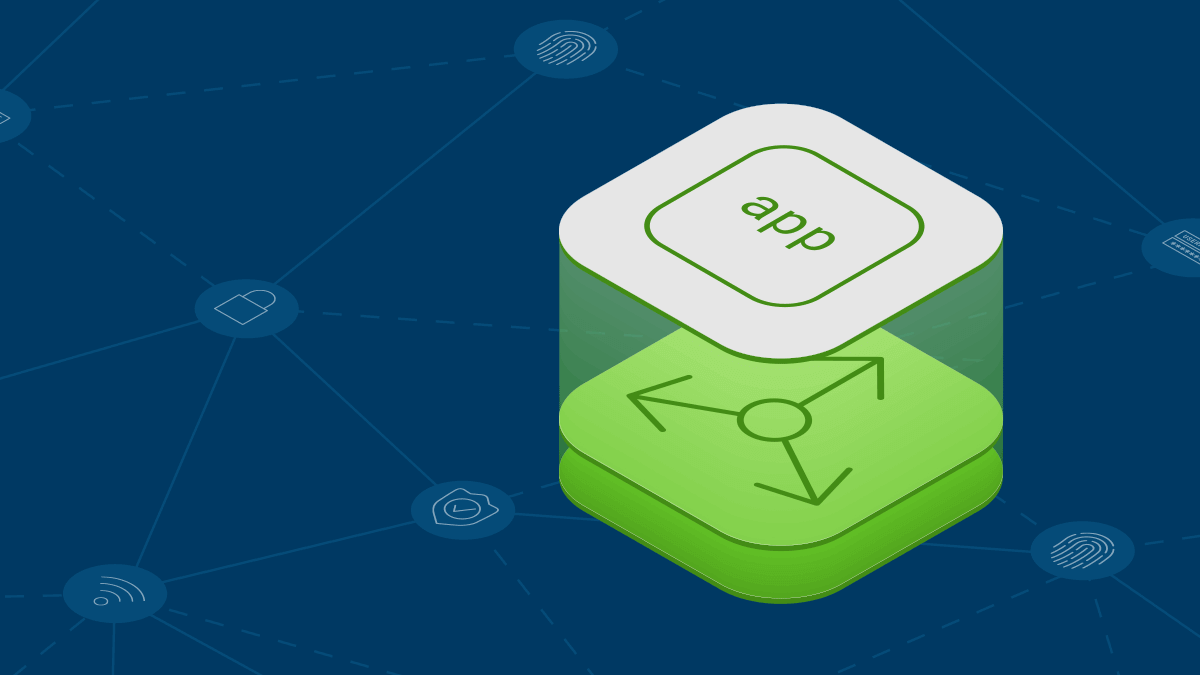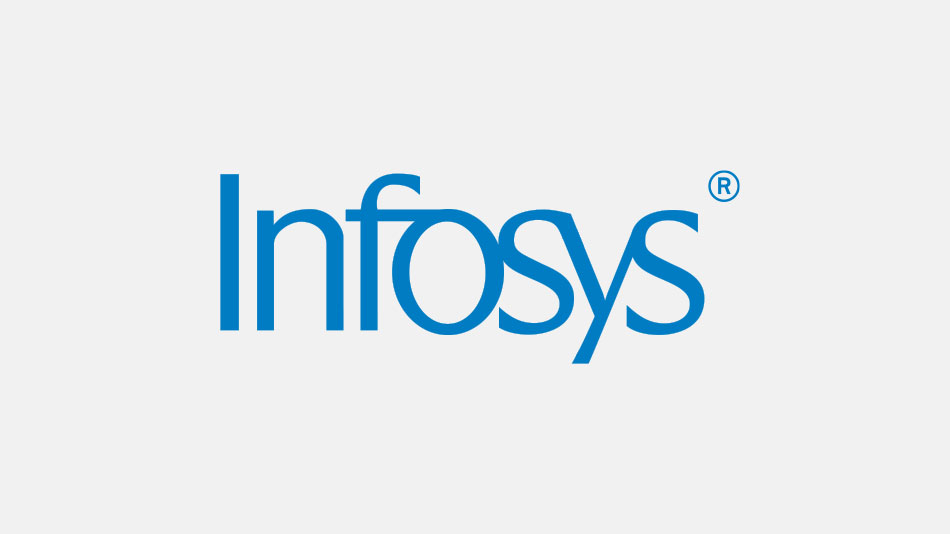What Is Application Delivery? Services and Solutions
Seamless application delivery solutions are critical for perfecting your footprint on today’s digital landscape. F5 can help.
Application delivery involves a range of technologies and processes aimed at ensuring that applications are delivered efficiently, reliably, and securely to end-users. Flawless application delivery is critical in the modern digital landscape to meet user expectations, maintain business operations, stay competitive, and adapt to changing demands.
What Is Application Delivery?
Secure and reliable application delivery is a keystone of the modern app economy, as many individuals and organizations rely on applications to conduct their day-to-day lives and operations. Many applications must fulfill requests from millions of concurrent users in an instantaneous, reliable manner to boost customer satisfaction and revenue.
The Role of Application Delivery
One of the primary roles of application delivery is to optimize the speed and responsiveness of applications. This is critical because end-users expect fast and efficient access to the applications they use to shop, bank, work, and play in our increasingly digital lives. Application delivery also focuses on ensuring that applications are available and accessible to end-users at all times for business continuity and user convenience. In addition, ensuring the security of applications is vital to protect sensitive data, prevent cyberattacks, and maintain the trust of users.
Importance of Effective Application Delivery
Frequent downtime or service interruptions can result in user frustration and the perception of unreliable service: When applications are sluggish or unresponsive, it can frustrate users and negatively impact their overall experience. Users expect applications to load quickly and operate smoothly. Faster, more responsive applications that are consistently available and accessible contribute to user satisfaction.
In industries where customer-facing applications are business critical, such as e-commerce or online services, application performance directly affects user experience and, in turn, positive customer performance. Businesses that can deliver applications with high availability and with better performance gain a competitive advantage, leading to increased market share and revenue growth. Simply put, satisfied customers are more likely to make purchases.
Key Components of Application Delivery
Effective application delivery systems rely on the following three components to optimize the availability of applications delivered across networks. High availability ensures a seamless user experience, faster application response times, and efficient use of resources, ultimately benefiting both users and businesses.
Load Balancer
A load balancer is a device that spreads incoming network traffic across multiple server instances, distributing the load and improving the availability and performance of the application or service. If one server becomes unavailable or overloaded, the load balancer will continue to provide server IP addresses for the remaining servers, which ensures redundancy and failover capabilities. Load balancers use various algorithms to determine how to distribute traffic to backend servers to prevent server overload and downtime.
Load balancing plays a crucial role in managing and optimizing traffic flows in modern networked environments, as it helps deliver a seamless and responsive user experience while maintaining system availability and responsiveness, even under heavy loads or when faced with server failures.
Content Delivery Networks (CDNs)
CDNs are networks of distributed servers strategically placed in various geographic locations to cache and serve content, such as web pages, images, videos, and other static assets. When users request content, it is delivered from the nearest edge server, reducing latency, improving load times, and increasing the efficiency of application delivery.
CDNs play an important role in optimizing the delivery of web content and applications, benefiting both content providers and end-users. Because most CDNs have servers distributed across the globe, they help ensure that content is delivered quickly to users, regardless of their location. CDNs also often include security features, such as Distributed Denial of Service (DDoS) protection, web application firewall (WAF) capabilities, and encryption to help protect against malicious traffic and cyberattacks.
Application Delivery Network (ADN)
ADNs optimize the performance, availability, and security of web applications. ADNs go beyond traditional CDNs by addressing the complexities of delivering dynamic, interactive, and personalized content, including web apps, APIs, and other transactional services. The primary goal of an ADN is to ensure that web apps and services are delivered efficiently, reliably, and securely to end-users.
While there are similarities between CDNs and ADNs, they each serve distinct purposes in optimizing the delivery of content and applications. CDNs focus on improving the delivery of static content, such as images, videos, and scripts, to end-users by reducing latency and increasing the speed of content retrieval. ADNs go beyond static content delivery, and address the intricacies of dynamic app delivery by optimizing the entire application stack and are suited for web applications, e-commerce platforms, and services requiring efficient handling of transactional content. Many organizations choose to integrate both CDNs and ADNs into their infrastructure to achieve a more vital, holistic approach to content and application delivery.
Application Acceleration
Application acceleration refers to a set of techniques and technologies aimed at improving the speed and efficiency of applications. These include data compression, a set of processes that reduces the amount of data sent over the network, improving response times and reducing bandwidth consumption. This is especially important for applications that rely on real-time or low-latency communication, such as video streaming, online gaming, and video conferencing. Data caching is another technique used to enhance application acceleration and involves storing frequently accessed data in a cache at edge locations. When a user or application requests data, the cache is checked first. If the data is found in the cache, it can be delivered much faster than retrieving it from the original source.
Note that application delivery acceleration techniques like data caching and compression are widely used outside of CDNs, and can be applied by web and application servers as well as application delivery controllers and load balancers.
Three Main Methods of Application Delivery
Application delivery solutions are available in a variety of deployment models, offering organizations a choice of approaches.
On-Premises Solutions
On-premises application delivery solutions are deployed and managed within an organization's own data centers or private cloud environments and make possible a high degree of customization and control. This level of control is especially valuable for businesses with unique compliance requirements or specialized application needs, or that operate in environments where data privacy and security are paramount. In addition, with on-premises technologies, organizations have more predictability over costs because they have full ownership and control over the infrastructure.
Cloud-Based and Cloud-Native Solutions
The Cloud Native Computing Foundation (CNCF) provides this definition for cloud‑native:
Cloud native technologies empower organizations to build and run scalable applications in modern, dynamic environments such as public, private, and hybrid clouds. Containers, service meshes, microservices, immutable infrastructure, and declarative APIs exemplify this approach.
Cloud-based and cloud-native application delivery solutions offer greater flexibility and scalability, important considerations for organizations whose application delivery needs fluctuate. This allows organizations to handle traffic spikes and growth without the need for significant infrastructure investment, and to maintain consistent performance during peak traffic periods. The cloud-based pay-as-you-go pricing model, where organizations only pay for the resources they consume, may also result in cost savings compared to traditional on-premises infrastructure. In addition, many cloud providers maintain data centers in multiple geographic regions, allowing organizations to deploy applications and content closer to end-users around the world to reduce latency and enhance user experiences.
Hybrid Solutions
Hybrid application delivery solutions leverage the benefits of both on-premises and cloud-based environments to meet specific business needs. Traffic routing decisions can be made dynamically based on the specific requirements of the application and current network conditions. Some traffic may be directed to on-premises data centers, while other traffic is routed to the cloud, depending on factors like geographic location, application load, or content type. Hybrid solutions can also distribute traffic between on-premises and cloud-based resources using load balancers. This allows organizations to balance workloads effectively, ensuring high availability, scalability, and performance optimization.
Application Delivery Services
Application delivery solutions are often complemented by additional services that enhance their capabilities and address specific needs.
Application Security
Security services are commonly implemented along with application delivery solutions to protect applications from malicious actors and destabilizing threats. Application security measures include WAFs to protect applications from web-based attacks, including cross-site scripting (XSS), SQL injection, and other vulnerabilities. In addition, distributed denial of service (DDoS) protection services safeguard against DDoS attacks, ensuring application availability during attack events.
Global Server Load Balancing (GSLB)
GSLB optimizes application delivery and enhances the performance, availability, and reliability of applications across a global network. GSLB can direct users to the closest data center or server based on geographic location. This can help minimize latency, reduce the time it takes for content to load, and enhance the user experience. GSLB also allows for the localization of content delivery by directing users to servers with content specific to their region. This is especially useful for organizations with a global presence, as it can direct traffic to the nearest application instance and/or route traffic for GDPR compliancy.
Application Delivery Controllers (ADCs)
A core component of application delivery is an application delivery controller (ADC), which is an advanced load balancer sitting in front of your application servers and directing client requests to your servers in a manner that maximizes performance and capacity utilization. Further, an ADC sends requests only to application servers that are online, ensuring that clients don’t receive errors due to a server outage.
ADCs can be either hardware‑ or software‑based. Hardware‑based solutions package hardware and software together into a black box. As traffic grows, the IT organization must keep adding more boxes from the ADC vendor. Software solutions are considerably less expensive and more flexible.
Application Performance Monitoring (APM)
APM services focus on monitoring, managing, and optimizing the performance of applications, including providing end-to-end visibility into the behavior of applications such as response times, transaction processing, and error rates. APM services actively monitor applications in real-time and alert IT teams when performance issues, bottlenecks, or anomalies are detected, helping ensure that applications meet performance goals and deliver a positive user experience.
Challenges in Application Delivery
While application delivery solutions are essential for optimizing the performance, availability, and security of applications, organizations that use these services should be aware of other technical challenges that can impact effective application delivery.
As applications are distributed across multiple data centers, cloud environments, and edge locations, managing the delivery of these applications becomes more challenging. In complex network environments, routing traffic optimally can be difficult. Misconfigurations or inefficient routing can lead to suboptimal paths for application traffic, increasing latency and negatively impacting the user experience.
As applications have become a primary target for cyberattacks, robust security measures are increasingly necessary to protect applications throughout the application delivery process. However, complex network environments often require multiple layers of security, including firewalls, intrusion detection and prevention systems, and VPNs. Coordinating these security measures with application delivery solutions is required to protect applications from threats and vulnerabilities.
Ensuring that applications can scale to handle increased traffic, users, and data without sacrificing performance can also be a complex task, and rigorous scalability testing is important to identify performance bottlenecks. Scaling introduces additional security considerations, including the protection of increased attack surfaces. Ensuring that security measures scale with the application can also be challenging. Also, not all applications are inherently designed to scale. Legacy applications or those with monolithic architectures may require significant restructuring to support horizontal scaling.
When evaluating application delivery solutions, be sure to consider the following features check-list. Conduct a business needs assessment to determine which application delivery services are most critical for your particular business. Make certain that your solution provides effective load balancing to distribute traffic effectively across servers to optimize resource utilization, and can scale to handle varying levels of traffic without bottlenecks or other performance issues. Look for intelligent traffic routing capabilities based on factors such as server health, geographic location, and content type to optimize application delivery. Look for robust analytics and reporting tools that provide detailed performance metrics, helping with troubleshooting and performance optimization. Ensure that the solution meets security standards and regulatory compliance requirements relevant to your industry, such as GDPR, HIPAA, or PCI DSS.
Future Trends in Application Delivery Solutions
A number of emerging technologies have implications for the continuing evolution of application delivery solutions and services.
Edge Computing
Edge computing brings computation and data storage closer to the end user and away from the data center. This shift in computing architecture has several implications for application delivery solutions as it can significantly reduce the distance between content stored in edge environments and the consumer of this content. This proximity leads to lower latency, resulting in faster application response times and an enhanced user experience. Edge computing also introduces the need for localized security measures to protect data and applications in distributed environments.
AI and Application Delivery
The addition of AI to application delivery services has the potential to significantly improve delivery performance and resource optimization. AI-driven load balancers can assess the current state of servers, network conditions, and application performance to intelligently distribute traffic, and can use predictive routing to help in dynamically adjusting traffic paths to avoid congestion and reduce latency. AI can also help optimize the allocation of resources based on current and predicted workloads, such as dynamically adjusting CPU, memory, and storage allocations to match the needs of specific applications.
Zero Trust Architecture
The adoption of zero-trust principles represents a paradigm shift in cybersecurity, challenging the traditional approach of trusting entities within a network perimeter. Zero trust assumes that threats can originate from both external and internal sources, and it advocates for continuous verification and validation of all users, devices, and applications. This approach can have profound impacts on application security and delivery, reshaping how organizations protect and access their applications. Zero trust principles enforce continuous compliance by ensuring that security policies are consistently applied and updated, which is critical for maintaining a secure application delivery environment.
How F5 Can Help
Seamless application delivery is critical for today’s digital organizations seeking to optimize the speed and responsiveness of the applications that consumers and other end-users now rely on. F5 offers a wide range of application delivery services that scale your application traffic and secure your infrastructure, no matter whether your applications live in your data center, in the cloud, or in distributed environments that include the network edge.
F5 NGINX Plus and NGINX are the best-in-class load‑balancing solutions used by high‑traffic websites such as Dropbox, Netflix, and Zynga. More than 350 million websites worldwide rely on NGINX Plus and NGINX Open Source to deliver their content quickly, reliably, and securely.
As a software‑based ADC, NGINX Plus is considerably less expensive than hardware solutions with comparable capabilities. It increases your website’s efficiency, performance, and reliability, which maximizes both customer satisfaction and the return on your IT investment.
In addition, the F5 NGINX application platform includes multiple solutions to enable your cloud‑native app delivery strategy:
- Containers and microservices with F5 NGINX Ingress Controller and F5 NGINX Gateway Fabric.
- Cloud load balancing with F5 NGINX Plus and cloud security with F5 NGINX App Protect.
- Automation with F5 NGINX Instance Manager, NGINX Plus, and NGINX App Protect.
F5’s broad range of application delivery solutions and services provide end-to-end observability and maintain centralized security and application service policies and configurations to increase application availability. They support delivery of all types of modern content, including video on demand, live streaming, and other content required for websites, as well as API traffic. F5 application delivery services and solutions reduce complexity without reducing efficiency, providing greater control over traffic routing and the ability to direct where workloads are deployed to enable rich digital experiences for end users.
SOLUTION OVERVIEW
Secure, High-Performance Content Delivery from Edge to Cloud ›



